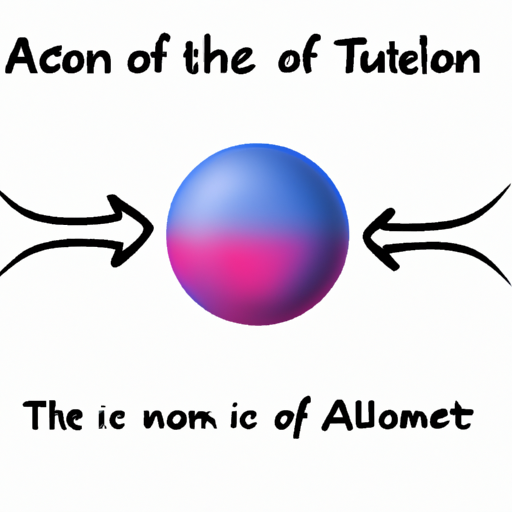When an Atom Gains a Valence Electron: The Transformation Begins
When an atom gains a valence electron, it undergoes a significant transformation that affects its chemical properties and behavior. In this article, we will explore the process of an atom gaining a valence electron and the implications it has on the atom’s stability and reactivity.
The Importance of Valence Electrons
Valence electrons are the electrons found in the outermost energy level of an atom. These electrons play a crucial role in determining the atom’s chemical behavior, as they are involved in bonding with other atoms. The number of valence electrons an atom possesses determines its ability to form chemical bonds and participate in chemical reactions.
Electron Gain and Stability
When an atom gains a valence electron, it becomes negatively charged. This is because the additional electron increases the number of negatively charged particles (electrons) in the atom, while the number of positively charged particles (protons) remains the same. As a result, the atom becomes more stable.
Formation of Negative Ions
The process of an atom gaining a valence electron leads to the formation of negative ions, also known as anions. An anion is an atom that has gained one or more electrons, resulting in a negative charge. The negative charge is indicated by the presence of an extra electron in the atom’s outermost energy level.
Reactivity of Atoms with Gained Valence Electrons
Atoms that have gained valence electrons tend to be more reactive than their neutral counterparts. This is because the additional electron(s) create an imbalance in the atom’s charge, making it more likely to form chemical bonds with other atoms. The gained valence electron(s) can be easily transferred or shared with other atoms, leading to the formation of chemical compounds.
Applications and Examples
The concept of an atom gaining a valence electron has various applications in different fields of science. For example, in chemistry, the knowledge of how atoms gain valence electrons helps in understanding the behavior of elements and their ability to form compounds. In physics, it contributes to the understanding of electrical conductivity and the behavior of semiconductors.
One notable example is the formation of halide ions. Halogens, such as chlorine and iodine, readily gain one electron to achieve a stable electron configuration. This results in the formation of chloride and iodide ions, respectively, which are crucial in various chemical reactions and biological processes.
In conclusion, when an atom gains a valence electron, it undergoes a transformation that affects its stability and reactivity. The gained electron(s) lead to the formation of negative ions and increase the atom’s ability to form chemical bonds. Understanding this process is essential in various scientific fields and contributes to our knowledge of chemical behavior and reactions.




